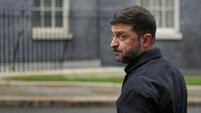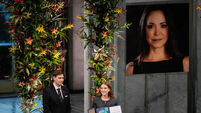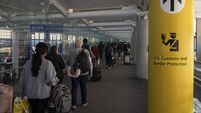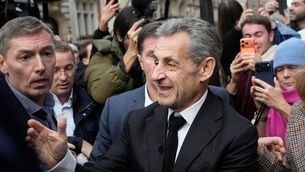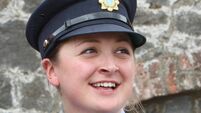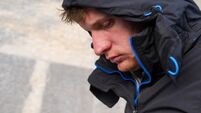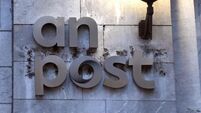Gaddafi’s son captured, rebels say
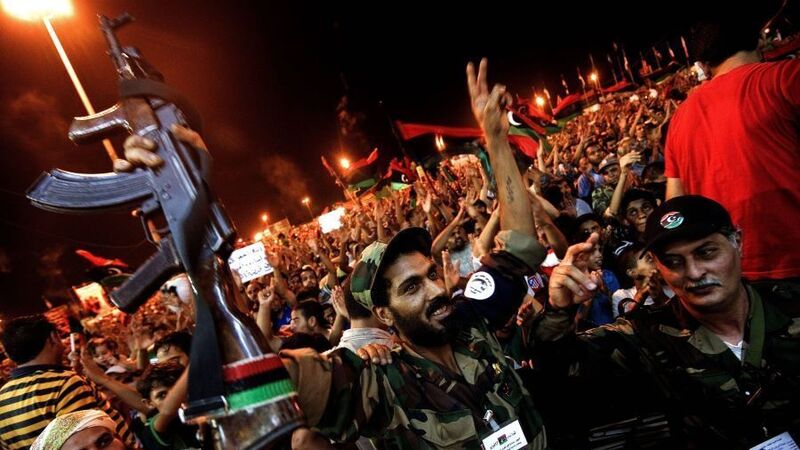
The rebels’ speedy leap forward, after six months of largely deadlocked civil war, was packed into just a few dramatic hours.
By nightfall, they had advanced more than 32km to the edge of Gaddafi’s last major bastion of support.







